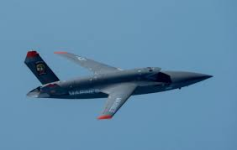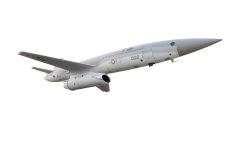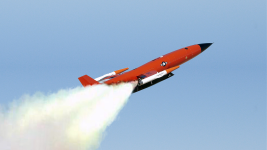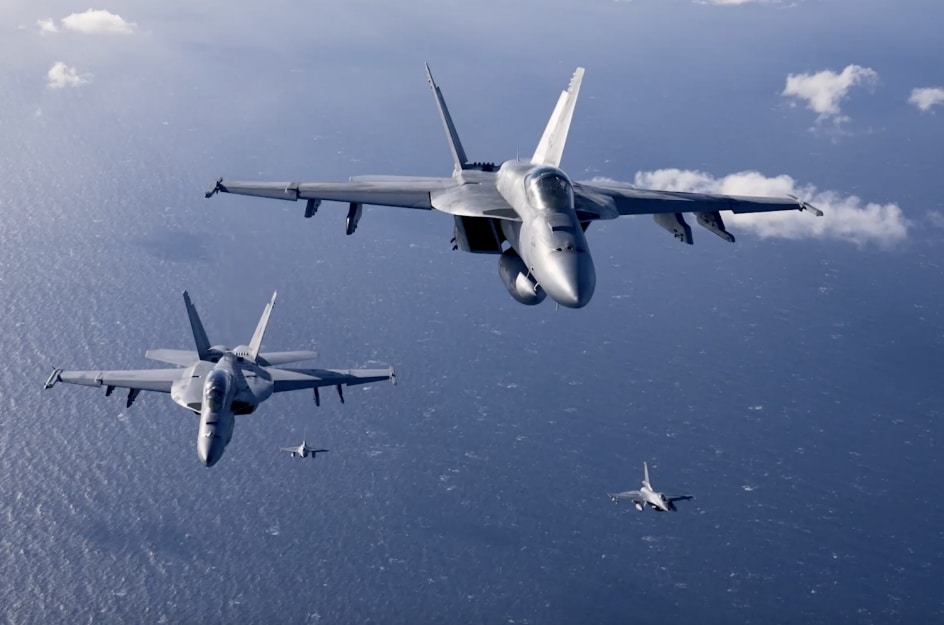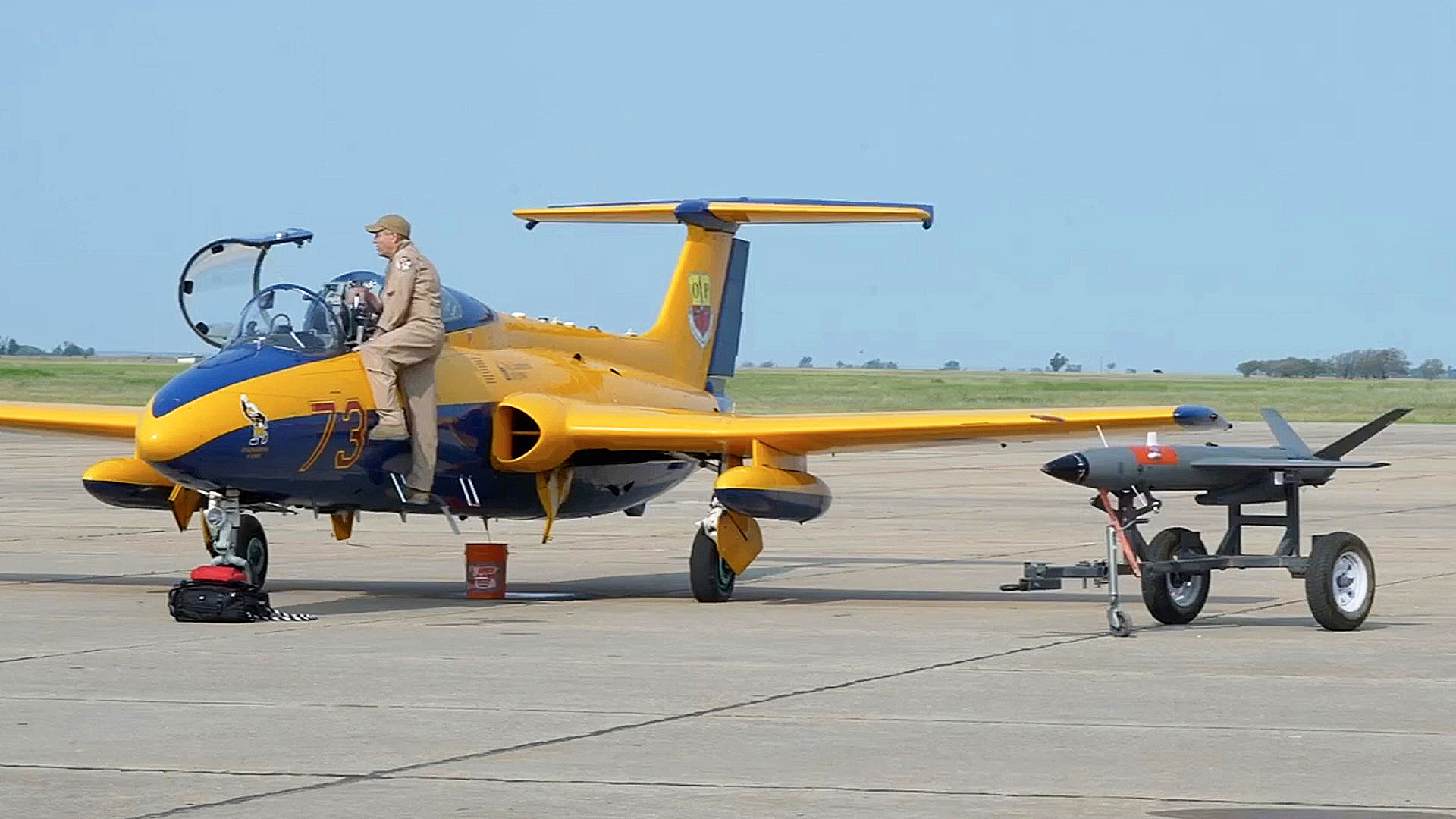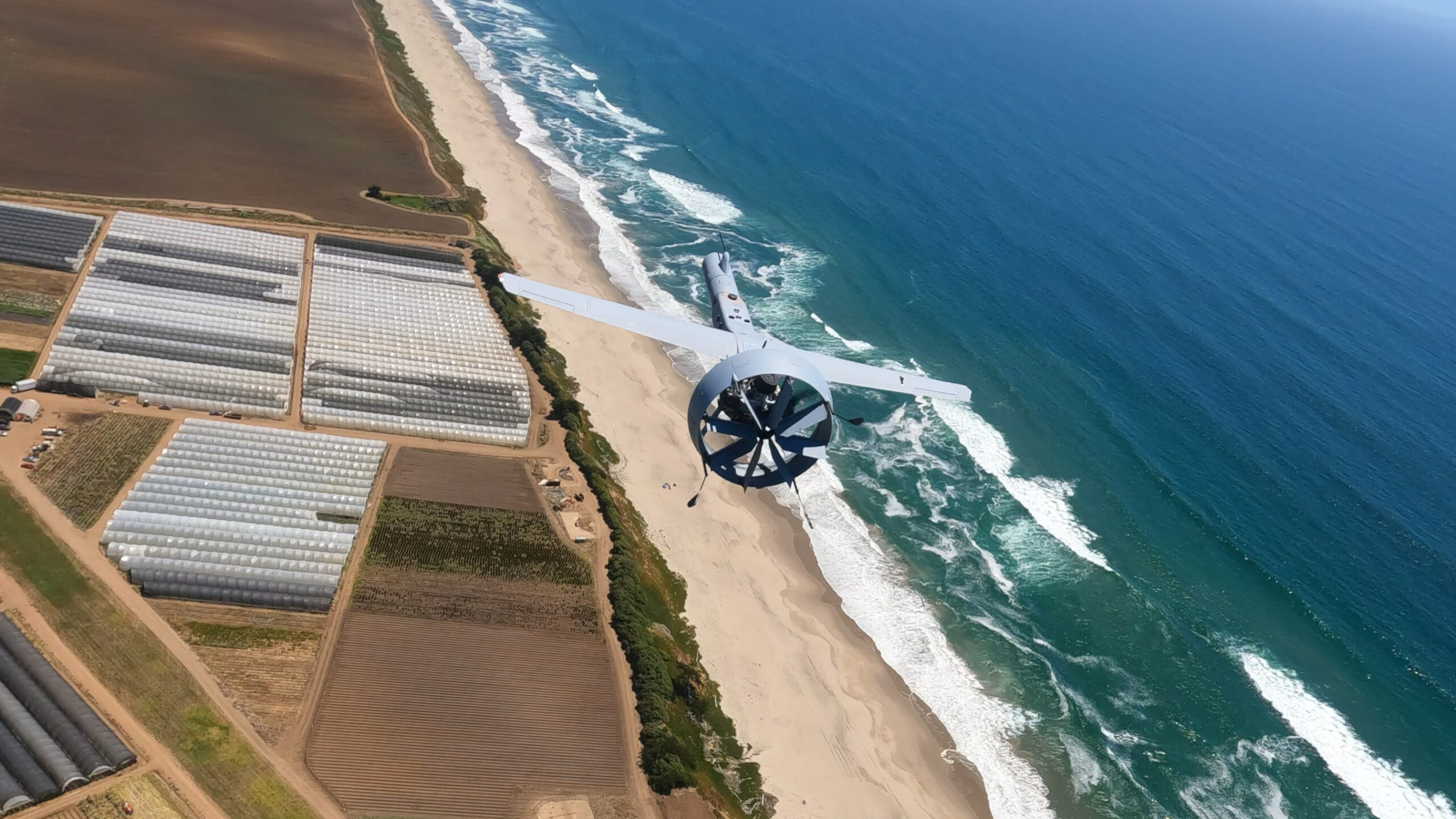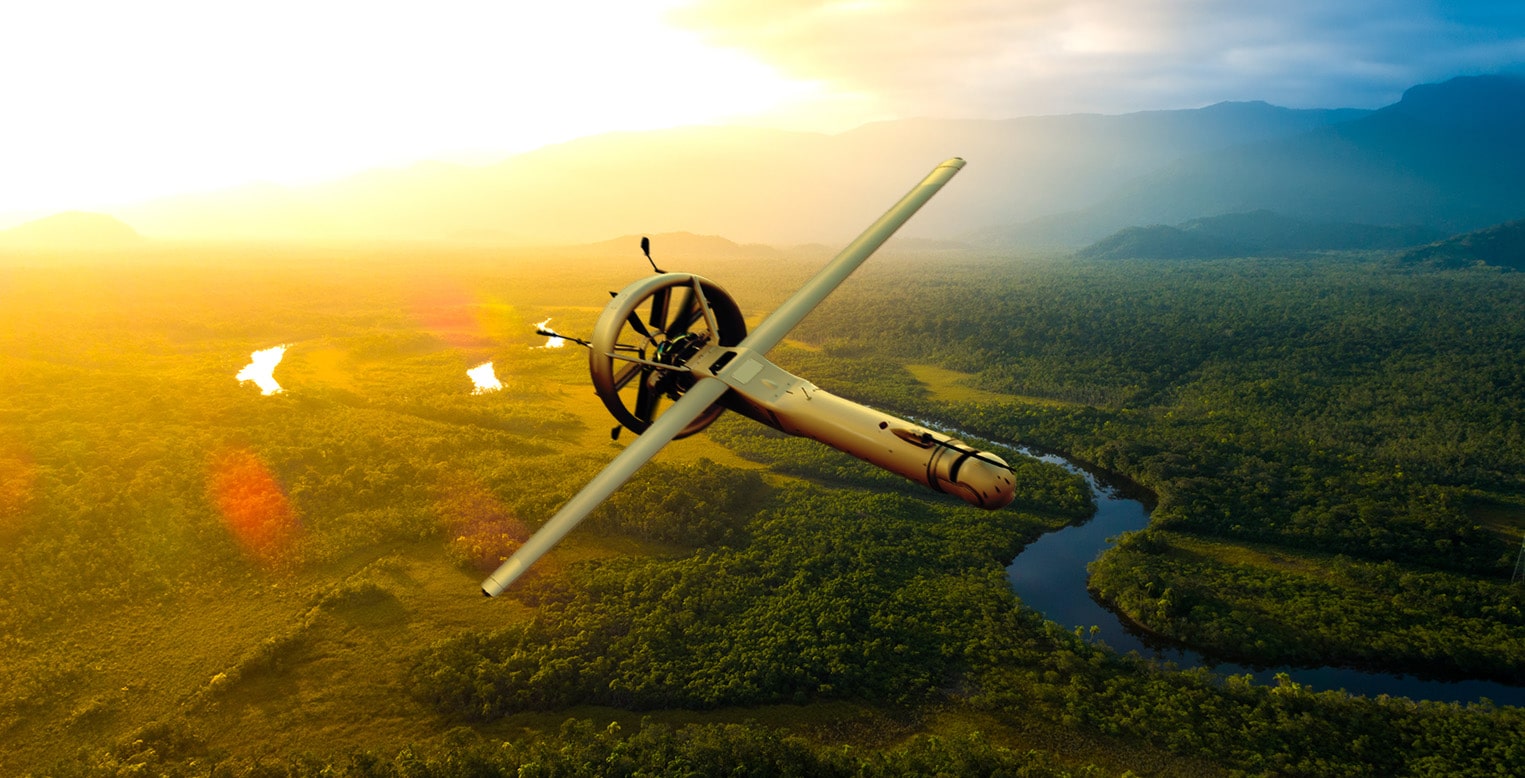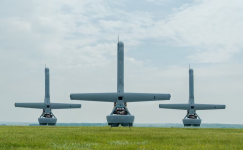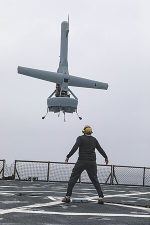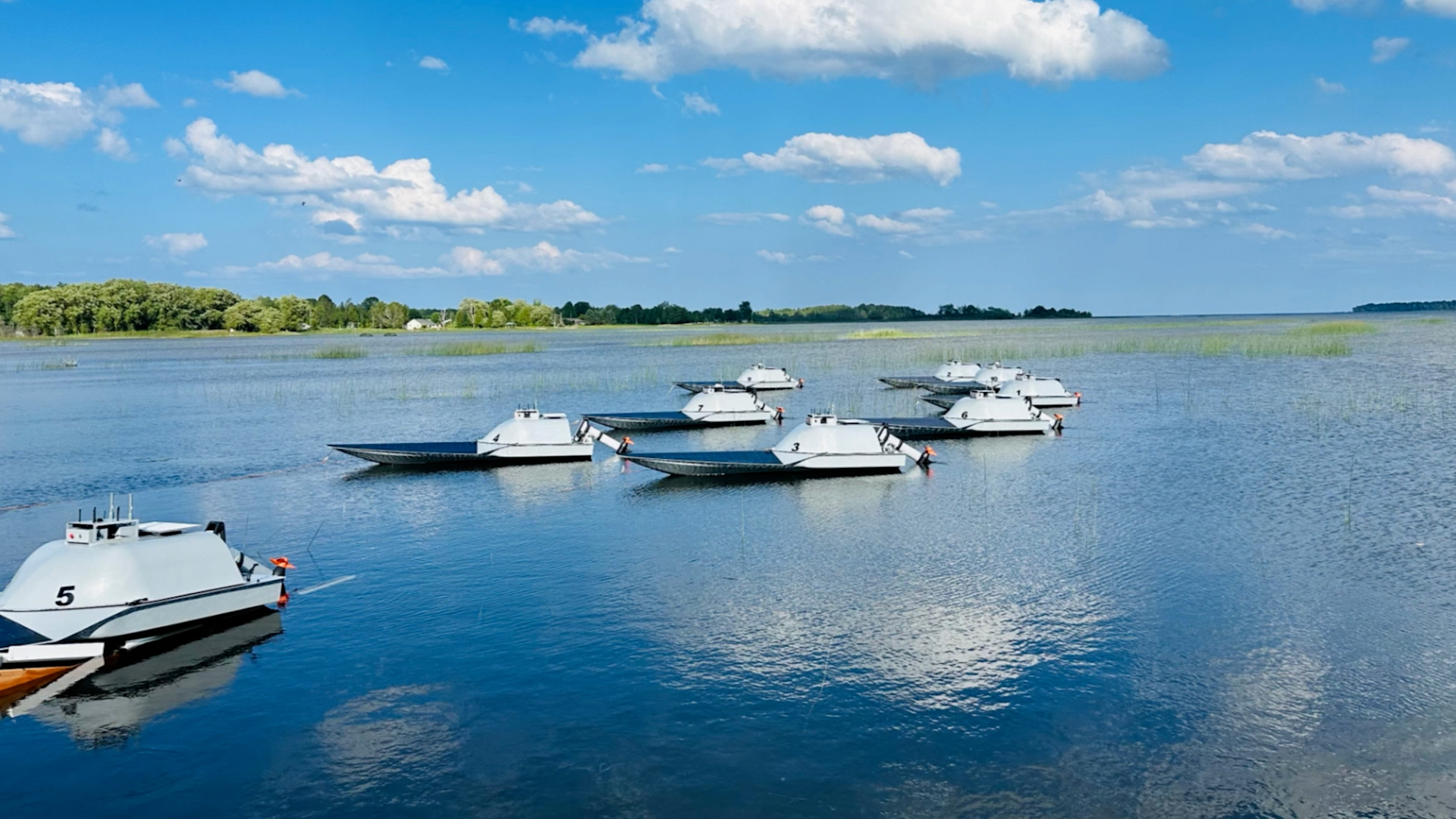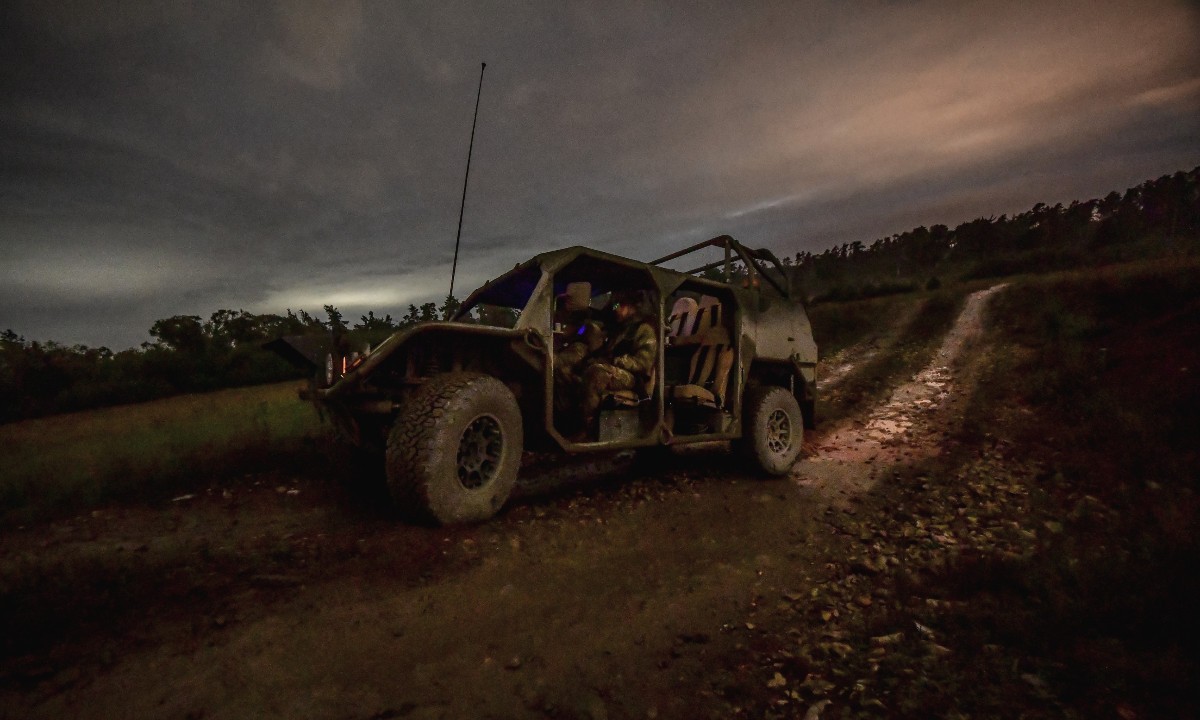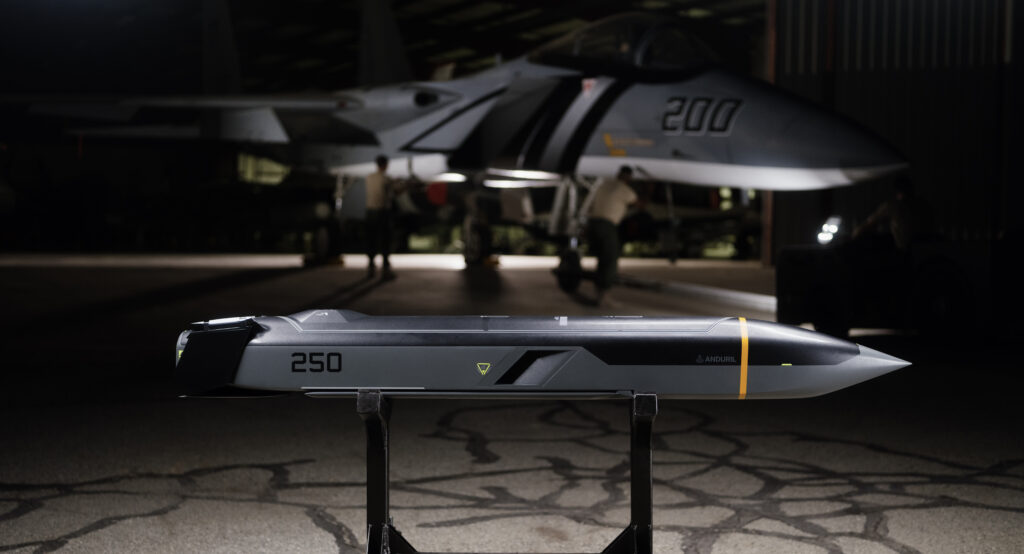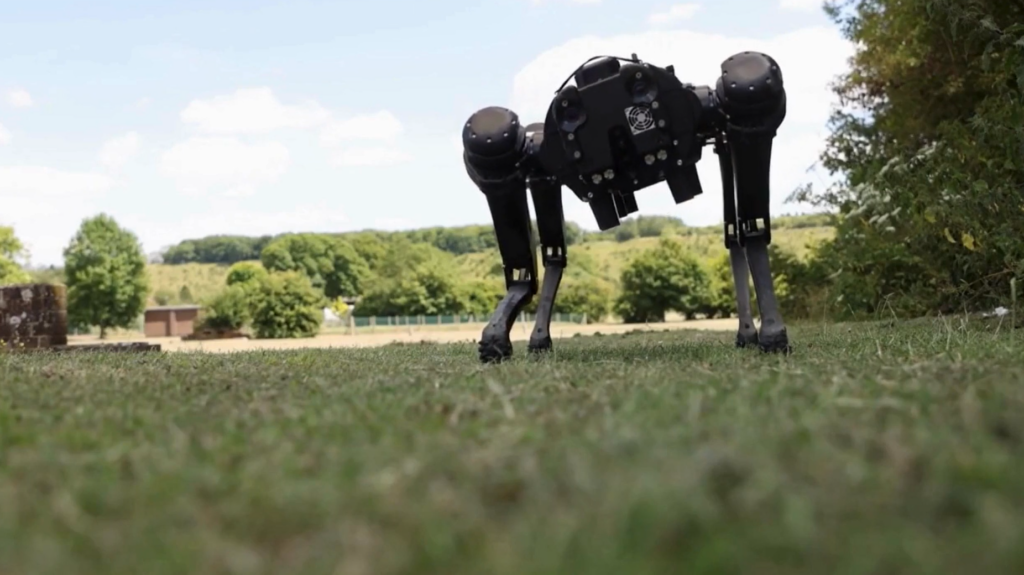- Reaction score
- 17,267
- Points
- 1,280
Depends on their size, how far off the ground they fly, and what they’re made of.So not being quite up on drone tech, how vulnerable are they to being detected by things like radar etc?
First, I think that person has an axe to grind against Naval Aviation. But that’s neither here nor there.The irrelevance of Naval Aviation?
Second, carriers (and their air wings) aren’t just used to strike land-based things. It is a main goal to project power, but a carrier is also a huge floating base to do whatever - humanitarian assistance being one. Or just the “soft power” of a Carrier Strike Group off your coast. The AEW aircraft also extends the radar bubble of the task force, and while the big threat is the sub threat, having a bunch of Absalons isn’t going to change that calculus.
Also, each Tomahawk isn’t going to land back at the arsenal ship if the mission gets “turned off” for any number of reasons.
Upon further thought, that article reminds me of the “why have manned interceptors/fighters when BOMARC missiles can do the same thing?” Argument in the 50s/60s.



